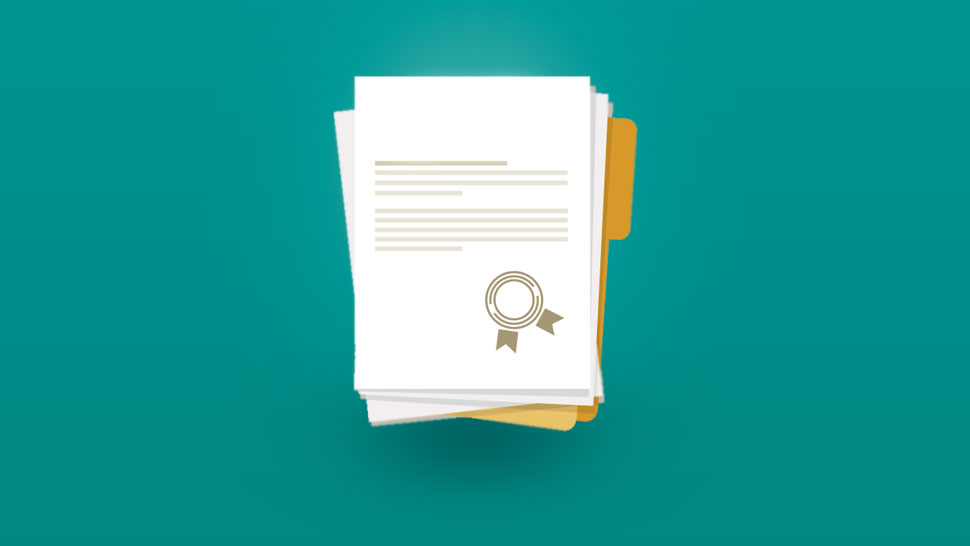The proposals you and your team produce will be seen by multiple influential people, stakeholders and decision makers – and crucially, you’re not there to guide and assist their understanding.
How do you present a convincing proposal without falling into the trap of making it look like just another sales pitch?
Here are 7 minimum requirements for a successful proposal.
It addresses the prospect’s needs
The reason you write the proposal is to speak to the prospect's needs. That's why it's important for you to establish a firm understanding of what the prospect really needs, and what their requirements are.
Do some research about the company to get a solid grasp of the prospect and their needs beyond what's written in the RFP document. Then, set up a clear strategy and describe the right solution in plain, compelling language, avoiding marketing fluff.
It’s convincing, yet balanced
A proposal is a sales document and needs to convince. However, hyperbole, puffery and unsubstantiated claims can easily turn off the prospect. So keep the balance. The proposal must be based on realistic and convincing arguments that demonstrate rather than simply make claims.
Provide evidence of your experience, resources and skills to perform the service, and sell those based on the prospect’s needs and criteria.
Pro tip: Admit or identify problems and clearly show how they can be overcome and mitigated. An honest and helpful approach adds credibility.
It establishes credibility
Convincing the prospect goes a long way toward building credibility and lending additional weight to everything you say.
To establish credibility, demonstrate experience and results that can be quantified and proven.
What about your company, does it have a reputation that supports or undermines your message? Fully understand how your brand is perceived in the industry and marketplace. If there are any problems with your credibility, deal with it head on.
It grabs the prospect’s attention
When writing about the benefits the prospect will receive, make sure to do it in a way that matters to them. How will they actually benefit from what you can do for them? Tell them with facts and numbers. This technique will get more attention than general statements and claims.
Make it easy for the prospect to both see what you have to offer, and evaluate you without having to dig for information.
- Provide compelling information, facts and examples
- Share real-world stories about other clients, implementation, problem solving and successes you have had
A common mistake is to assume the prospect will connect your features and benefits with their own needs.
It’s easy to read
To get the best results from your proposal, make it easy for the prospect to see the information that matters, by putting it front and centre. The easier it is to read your proposal and absorb key information, the easier it is for the evaluators to score your proposal.
Organize your material in a format that can be easily absorbed and relates to the scoring criteria. The evaluators aren’t going to waste their time figuring out what goes where, and how it all fits together. This is why the next requirement is key.
It’s written with clarity
The key to having your proposal rejected is to provide descriptions that are nebulous, diffuse and lacking in clarity.
Remember, the evaluators need to review and absorb vast quantities of material from a wide range of bidders. Sloppy writing, long-winded sentences and a confusing structure is the last thing they need.
- Eliminate unnecessary information
- Provide a quick summary of the key points in any section before getting into details, particularly if the details are complex or technical.
Read more: Everything you want to know about proposal software
It highlights your competitive advantage
To consistently win more business, you and your team need to produce proposals that are strategically aligned with the opportunity, emphasising the synergy your partnership will provide and the unique competitive advantages that only your organization can offer.
If you don’t have some sort of competitive advantage you can talk about, you’re less likely to win.
- Stress your competitive advantages and what differentiates your solutions from the competitors.
- Demonstrate why those advantages are important to the prospect, what benefits they’ll receive.
- Ensure your competitive advantages are clearly identified in the right sections where they’ll be evaluated and scored accordingly.









